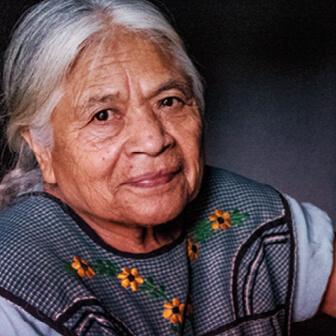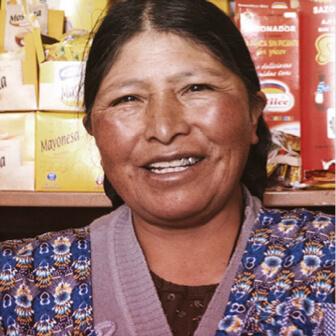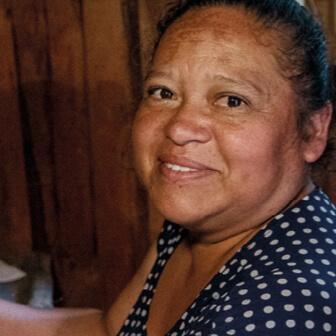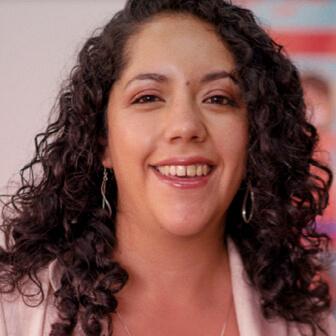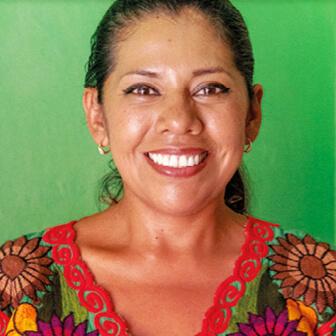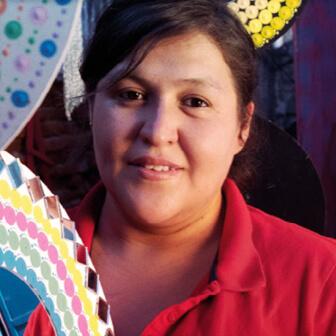How does microfinance help women? by Carmen Correa
22 February, 2023
Blog
In 1990, women living in El Alto, Bolivia, asked Professors Lynne Patterson and Carmen Velasco for money to help support their families and continue their education. They needed financing to grow their businesses and establish their independence. Patterson and Velasco decided to travel to Bangladesh to learn about something new from pioneering social entrepreneur Muhammad Yunus: microfinance, or the idea of providing small loans to micro-entrepreneurs living in poverty who could not access traditional financing. This was the start of Pro Mujer, the social enterprise I’m proud to lead today.
Now, 30 years later, women in Bolivia and across Latin America continue to be excluded by the system. They work for themselves and without benefits, are often forced to work multiple informal jobs to cover their bills, and they still can’t access traditional bank loans. According to the CAF – Development Bank of Latin America, only 49% of women in Latin America and the Caribbean have a bank account. And although more than half of small businesses in Latin America are run by women, 70% of these women entrepreneurs cannot access financing.
Although building financial systems that serve the poor is a challenge, the Consultative Group to Assist the Poor, a global partnership of more than 30 leading development organizations that works to advance the lives of poor people, especially women, through financial inclusion, has found that microfinance is a powerful tool against poverty.
This year, the research organization 60 Decibels surveyed almost 18,000 clients of 72 microfinance institutions worldwide and published the first index tracking the impact of microfinance on access, business impact, household impact, financial management, and resilience of both the client and their business.
This new index serves as an essential reference and provides different perspectives on how microfinance is used to help people worldwide escape poverty. More than half of the microfinance clients surveyed reported obtaining their first loan from a microfinance institution. The majority of first-time loan recipients were women and/or low-income people. In 2021, a year in which global venture investment in fintech companies broke records, 1.7 billion people are still excluded from the traditional financial system. For these people, microfinance is the only way to get a foot in the door.
The Index also highlighted the positive impact of microfinance in expanding access to credit without encouraging over-indebtedness, with 7 out of 10 borrowers reporting that repaying their loans is “not a problem.” Microfinance borrowers also reported being more resilient in the face of economic crises. Only one of every three surveyed reported not having enough money to cover an emergency, compared to one of every two people globally. Fundamentally, the survey confirms the core premise of microfinance: providing funds to help clients grow their businesses helps improve their general quality of life.
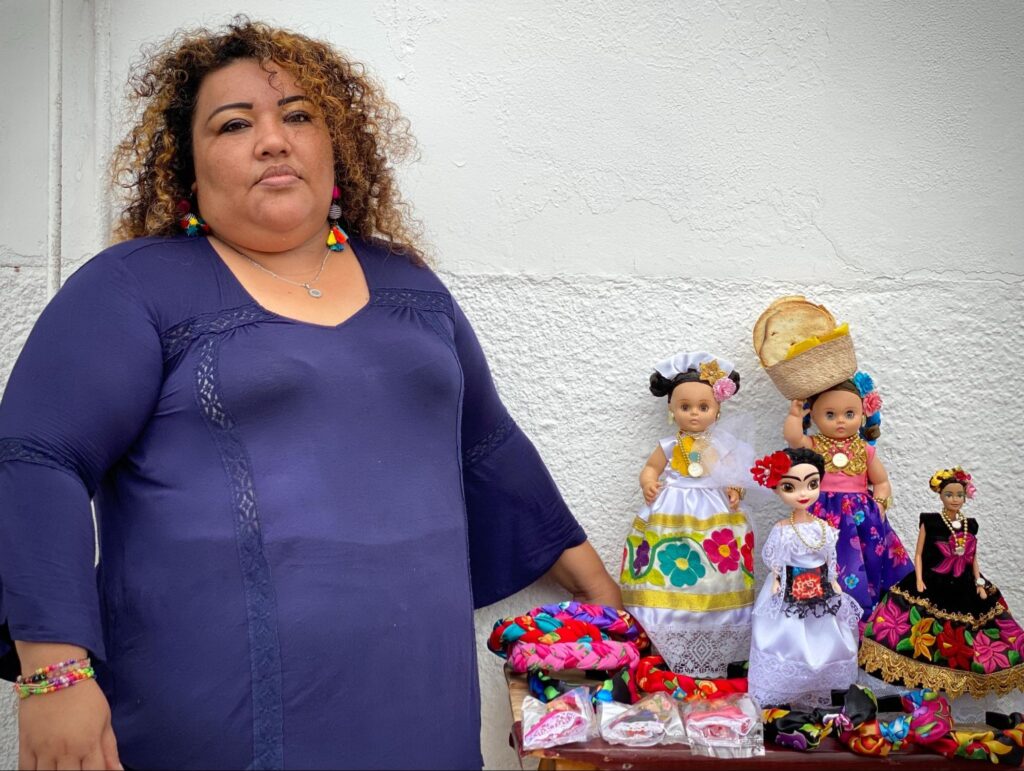
The survey also showed that the most significant opportunity for improvement lies in increasing the household impact of microfinance. There is a fundamental difference between offering access to loans and offering a holistic approach that combines access to financing, financial education, training and skilling, and access to health services. This is consistent with Pro Mujer’s experience in the field over the past 32 years. Building on the original vision of Patterson and Velasco, who saw lending as a complement to the education and health services they already focused on, Pro Mujer has pioneered a holistic support model for women in Latin America.
For example, in Nicaragua, where all Pro Mujer clients have access to business training and health services, 93% believe that microfinance has improved their quality of life, and 91% reported that their business income increased.
The story of María Antonia Centeno, a single mother with eight children in Nicaragua, is an example of the impact microfinance can have on people’s lives. In 2012, María Antonia requested an initial loan of USD $86 to buy hair styling tools through a Pro Mujer communal bank group, a structure where 12 borrowers without access to collateral or access to traditional financing support each other when one of them is unable to make a loan payment. A neighbor invited her to join the group, and she worked hard to repay their trust in her, steadily growing her business.
At the time, María Antonia lived with her family in a single-room house with dirt floors. The first thing she did with her extra income was build additional rooms and install tile roofs, floors, and aluminum windows. With the rest of the money, she sent all her children to school so that they could study to become professionals. Ten years later, three of her children are accountants, one is an ophthalmologist, two studied business administration, one works in sales, and the other studies medicine.
Thanks to her participation in the training programs offered by Pro Mujer, María Antonia learned how to manage her money and grow her business. She was able to access additional loans—including one for more than USD $1,200—and eventually even opened her own salon. The loan she is paying off today is more than ten times larger than her first Pro Mujer loan, but María Antonia is proud of the progress she has made. She now leads her communal banking group and is able to help other women, just like her neighbor helped her all those years ago. In addition to the financial impact, her relationship with Pro Mujer has also given her access to preventive health services, including Pap smears, health check-ups, and blood glucose tests, which were critical to breaking the cycle of poverty.
The household impact of microfinance is clear. I could say that María Antonia’s case is an example of the work we do at Pro Mujer, but more than anything, her story reflects what Latin American women can achieve when given a fair chance. It’s crucial to remember how hard women work, how proud they are of their achievements—no matter how small, and how committed they are to giving their children a better future.
